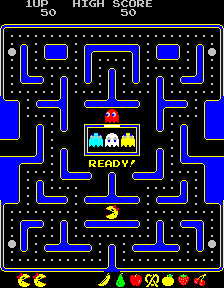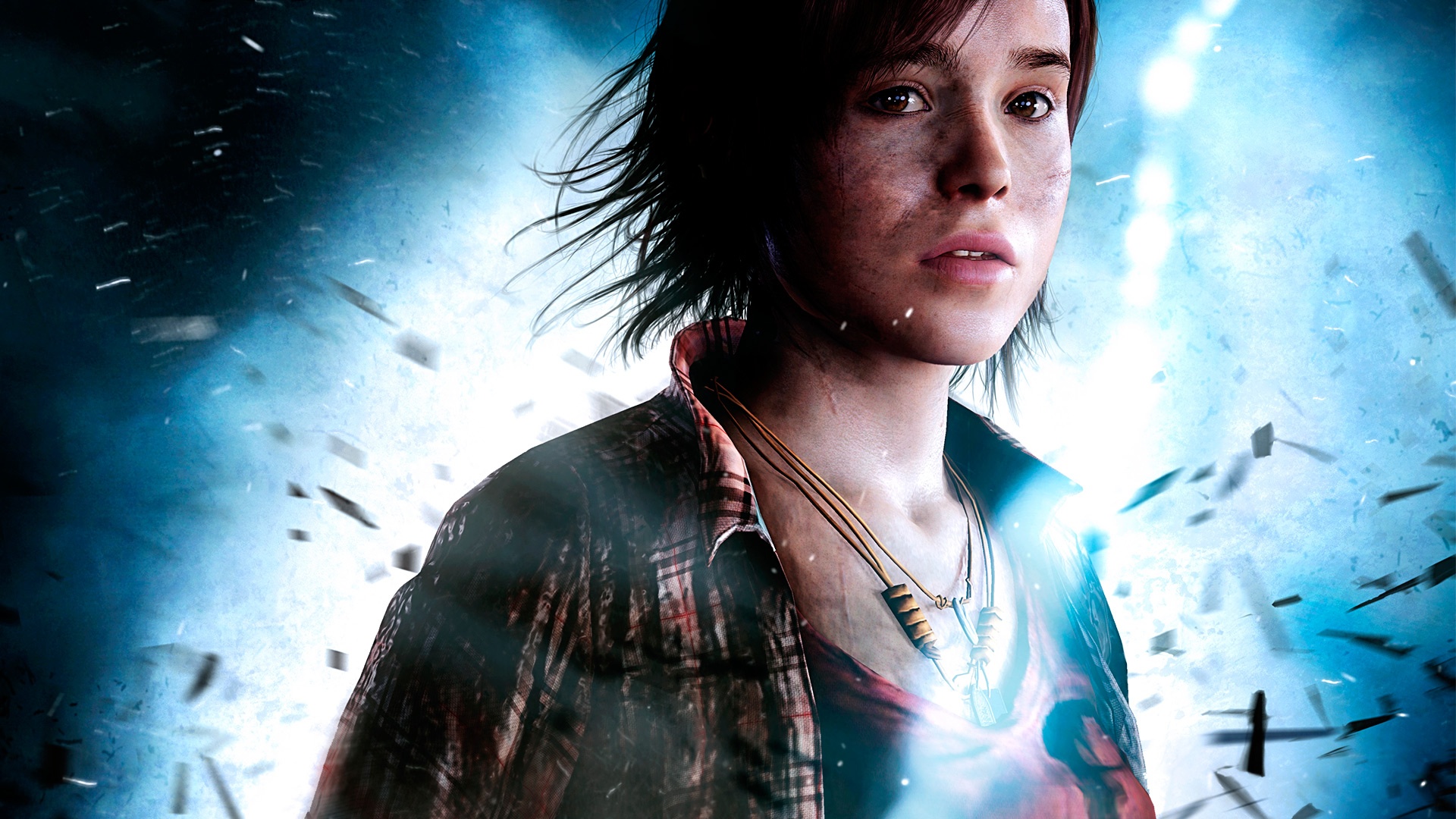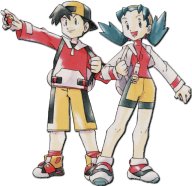Heroes And Heroines
So let's begin with the basics of what defines a trope, what double standards are to explore what sexism in media really is. A trope is any recurring character, rhetorical device, satirical device, or cliché in creative works. There are many labelled types of tropes, such as straw feminist, and people view them in different levels of seriousness. Personally many tropes applied to women are pretty cliché and most audiences are aware that what they are watching is detached from reality... However male tropes are more subtle. Tropes are often the same sort of thing as an archetype.
A double standard is a set of rules or morals that is true for a group of people but different for another. This often occurs across genders.
 |
| http://katyannjenkins95.blogspot.co.uk/2013/06/ms4-timeline-evolution-of-female-role.html |
Clearly this isn't all of Peaches appearances over the years but it gives a good idea of how her design has changed to fit social schemers over the years.
For the most part the design is reasonable but very simple and clearly aimed at a younger audience. All the information we are getting visually is who the character is, female, royal, likely young and attractive. Which in itself isn't that bad but when it comes to Super Princess Peach for the Nintendo DS and her emotions being the source of her powers, one of which being her crying to overcome things, you start to question things more.
The main issue with the damsel in distress is as a plot line it works well in games. It's extremely common to have the member of the opposite sex as what the character is seeking throughout the game and it's also common to win the game once the love interest has been rescued. If you replace the love interest with something else, even an object like let's say a large diamond, would the plot change much for the game? If Mario was getting back the kingdoms diamond which powers the mushroom kingdom and so the king said please everyone try and save us, would it change that much? I don't think so and that's what's really sad about the damsel trope, it's an easy option rather than more complex plots. Surely given modern graphics and cinematic games that have become so popular, it's disappointing to see such reliable but boring plots.
I personally believe Anita Sarkeesian is too critical and doesn't offer both sides of the story, however she has done a lot of very good research in the area of video games and tropes. There are lots of tropes out there and many are covered by Anita Sarkeesian.
 |
| http://clickamericana.com/media/advertisements/say-hello-to-ms-pac-man-1982-1983 |
 |
| http://lawnmowerman.rotheblog.com/ |
 |
| http://www.androidtapp.com/giant-boulder-of-death/ |
 |
| http://uk.ign.com/articles/2009/12/07/big-boss-of-the-day-the-koopa-kids |
 |
| http://www.gamechup.com/evolution-of-lara-crofts-model-first-game-to-the-reboot/ |
Often tropes are used to quickly put you in a situation you understand and empathise with, for App novelty games this may be necessary because it's such a narrow platform. Even so you have to consider the amount of attention we pay to playing puzzle games. Personally I think it's more than people realise. The truth is the mobile game market should understand there are two things people love, puzzle games and films, games like Catherine from Atlus (2011) combine these elements perfectly and have been a massive success.
Next let us move on to the other gender. How are male characters affected by tropes and what tropes are out there? Well yes but there just aren't as many, it seems the male video game character is more narrowly set than their female counterparts. For instance there's the over masculine man. Prime examples of the over masculine man are in Halo Reach (2010) and Dante's Inferno (2010). Or there is dark past man and sometimes you get young looking for something man.
Honestly there are more but it's not as broad as women and normally these interchange too. Male characters may be frequent, they may be more likely to be the main guy, it's likely they won't be shown in a negative light; isn't that as bad? Surely by having every man have no weakness, show no fear, show no humanity or realism, that's just as bad. Moreover we don't pick up on it because we expect our men to save the day, we don't have many versions of dude in distress, we have no Mr. Female. This is because many characters just aren't made to fit in with reality. They are escapism, no one wants to escape into a world where they're a hero with issues or fragility.
One case that possibly looks into this changing is BioShock Infinite by Irrational Games (2013). Booker DeWitt is an over strong male however in Burial at Sea he is killed and becomes a sort of conscience for the heroine Elizabeth. This is very different and gives the power over from the male character who was punching down walls strong man, to the more fragile victim. Personally given how it fits in with the plot and game play and how it changes how you view both characters, I feel it's a subtle change for the better.
On the other hand as women are starting to get new plots, become heroines more often, like Jodie from Naughty Dog's Beyond Two Souls (2013), and less and less being placed as props in mainstream games, there is a lot of changes that will come to their characters that may never touch upon men.
At the moment male roles are often lead but is that really a good message for men? Given how we see gender bent mods for games like Zelda, where Link needs rescuing, are we fuelling the fire for strong women enough now and need to look into more in-depth male characters that have weak knees.
Looking back at games that have cult status or succeeded really well, I think it's obvious that we need more female roles and more passive men. Parasite Eve by Square, now Square Enix (1998), is an old game with a female protagonist and cult status. Looking further many gender optional games e.g. Pokemon Crystal by Game Freak (1994) or even Vampires Bloodlines: the masquerade by Troika Games (2004) also have cult status and are still played. These games have great representations for both genders as the game play doesn't change by changing gender. The ratio of loved and still played games with female leads to male isn't the same as the ratio released. If only around 10-15% of games have female leads I would imagine the game still played with female leads after 5 years would be more 50/50.
In all honesty I think that's the future for men and women characters; a solid plot, good representation for both genders and game play based endings. Mostly because the gender of a character shouldn't matter for the game, the personality shouldn't reflect on what gender is most appropriate, the gender should fit the player.
Coville (2014) The 6 Male Characters Women Never Get to See in Movies. [Online] Cracked. Available from: http://www.cracked.com/blog/the-6-male-characters-women-never-get-to-see-in-movies/ [Accessed 24/04/2014].
Lindsell (2014) Male Film Tropes You'll Never See. [Online] Huffington Post. Available from: http://www.huffingtonpost.co.uk/jonathan-lindsell/male-film-tropes-youll-never-see_b_4817708.htm [Accessed 24/04/2014].
McIntosh (2014) Playing with privilege: the invisible benefits of gaming while male. [Online] Dictionary Reference. Available from: http://www.polygon.com/2014/4/23/5640678/playing-with-privilege-the-invisible-benefits-of-gaming-while-male [Accessed 24/04/2014]
Anita Sarkeesian. (2013). Damsel in Distress: Part 1 - Tropes vs Women in Video Games [Online Video]. Available from: https://www.youtube.com/watch?v=X6p5AZp7r_Q [24/04/2014].
Schedeen (2014) Big Boss of the Day: The Koopa Kids. [Online] IGN. Available from: http://uk.ign.com/articles/2009/12/07/big-boss-of-the-day-the-koopa-kids [Accessed 24/04/2014]
Next let us move on to the other gender. How are male characters affected by tropes and what tropes are out there? Well yes but there just aren't as many, it seems the male video game character is more narrowly set than their female counterparts. For instance there's the over masculine man. Prime examples of the over masculine man are in Halo Reach (2010) and Dante's Inferno (2010). Or there is dark past man and sometimes you get young looking for something man.
 |
| http://lounge.moviecodec.com/vs-forum/dante-dmc-vs-dante-dantes-inferno-316216/ |
 |
| http://www.bagogames.com/official-box-art-bioshock-infinite-booker-dewitt-front-center/ |
 |
| http://www.technobuffalo.com/2014/03/17/the-last-of-us-has-sold-six-million-copies/ |
However full praise must go to the Last of Us by Naughty Dog (2013). The Last of Us is a game that pulls away from pure male strength and allows female help. Joel is often the one to save Ellie as they journey through a post apocalyptic world however many times Joel is put in terrible danger and Ellie comes over and saves him from his over heroism. There's a section where Joel's life is miraculously saved by Ellie and she looks after him, she struggles to help him and is alone, isolated and scared but Joel is human so when she's kidnapped she's hurt. Even though he eventually makes it in time it's an altogether more human approach to the situation and there's a heartbreaking sense of reality to Joel and Ellie which makes it such a breath taking game.
As a rule men are evenly affected by sexism in games, while there are less options when you're a bloke, you're limited to buff and invincible so it's not negative. However it's really bad for male self confidence as well as being unrealistic to what it actually is to be a man, while it's naff role modelling it's not as negative as being weak kneed and waiting for rescue.On the other hand as women are starting to get new plots, become heroines more often, like Jodie from Naughty Dog's Beyond Two Souls (2013), and less and less being placed as props in mainstream games, there is a lot of changes that will come to their characters that may never touch upon men.
 |
| http://wall.alphacoders.com/by_sub_category.php?id=181121 |
Looking back at games that have cult status or succeeded really well, I think it's obvious that we need more female roles and more passive men. Parasite Eve by Square, now Square Enix (1998), is an old game with a female protagonist and cult status. Looking further many gender optional games e.g. Pokemon Crystal by Game Freak (1994) or even Vampires Bloodlines: the masquerade by Troika Games (2004) also have cult status and are still played. These games have great representations for both genders as the game play doesn't change by changing gender. The ratio of loved and still played games with female leads to male isn't the same as the ratio released. If only around 10-15% of games have female leads I would imagine the game still played with female leads after 5 years would be more 50/50.
 |
| http://pokedream.com/games/crystal/preview.php |
References
Coville (2014) The 6 Male Characters Women Never Get to See in Movies. [Online] Cracked. Available from: http://www.cracked.com/blog/the-6-male-characters-women-never-get-to-see-in-movies/ [Accessed 24/04/2014].
Lindsell (2014) Male Film Tropes You'll Never See. [Online] Huffington Post. Available from: http://www.huffingtonpost.co.uk/jonathan-lindsell/male-film-tropes-youll-never-see_b_4817708.htm [Accessed 24/04/2014].
McIntosh (2014) Playing with privilege: the invisible benefits of gaming while male. [Online] Dictionary Reference. Available from: http://www.polygon.com/2014/4/23/5640678/playing-with-privilege-the-invisible-benefits-of-gaming-while-male [Accessed 24/04/2014]
Anita Sarkeesian. (2013). Damsel in Distress: Part 1 - Tropes vs Women in Video Games [Online Video]. Available from: https://www.youtube.com/watch?v=X6p5AZp7r_Q [24/04/2014].
Schedeen (2014) Big Boss of the Day: The Koopa Kids. [Online] IGN. Available from: http://uk.ign.com/articles/2009/12/07/big-boss-of-the-day-the-koopa-kids [Accessed 24/04/2014]

No comments:
Post a Comment